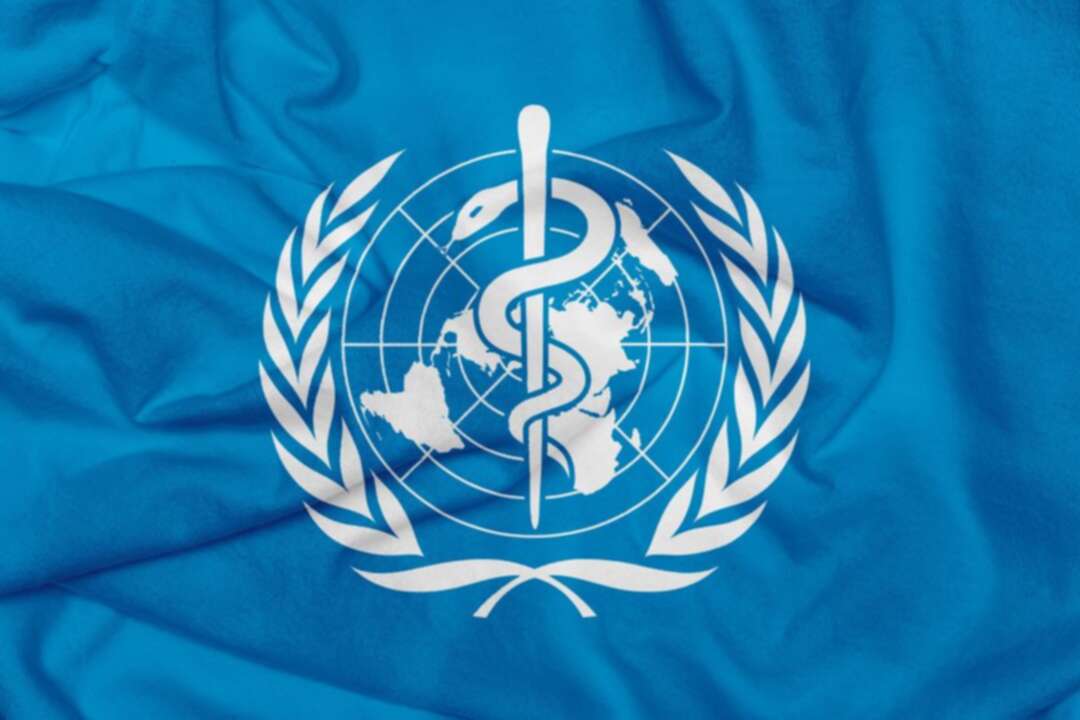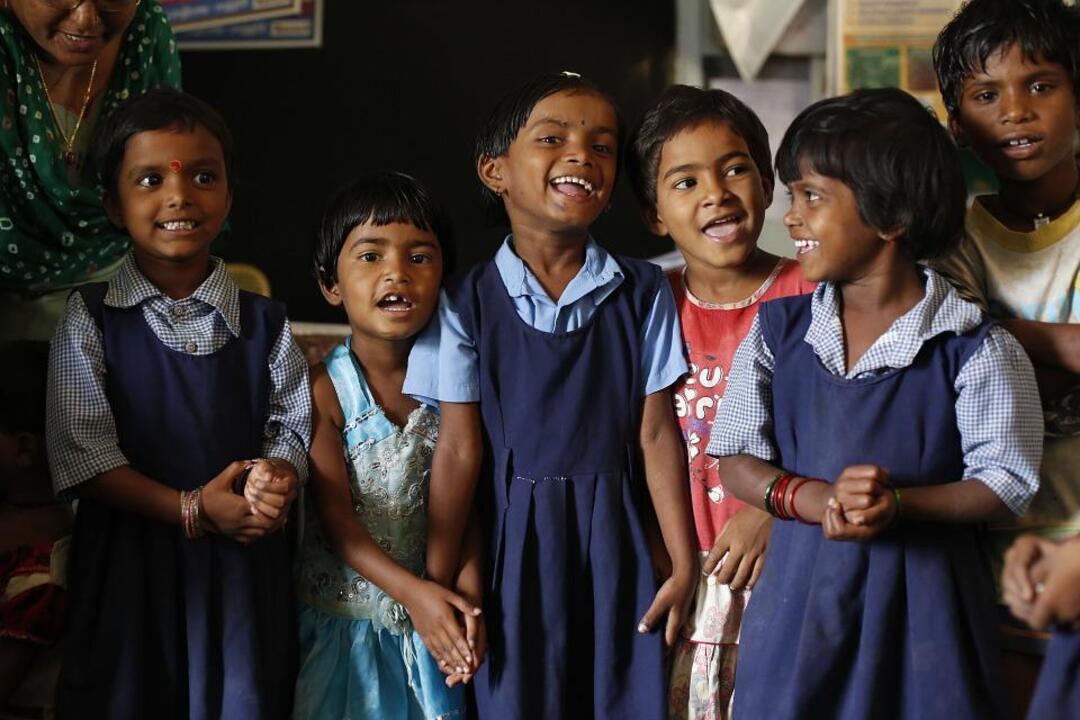-
WHO: Nearly 1 million deaths each year from lead poisoning

An estimated 1 million people die from lead poisoning annually and millions more, many of them children, are exposed to low levels of lead, causing lifelong health problems, the World Health Organization said on Monday (Oct 24).
The health effects from lead poisoning include anemia, hypertension, immunotoxicity, and toxicity to the reproductive organs, the WHO said in a statement, marking the 10th International Lead Poisoning Prevention Week (ILPPW).
WHO said the neurological and behavioral effects of lead could be “irreversible.”
“Lead exposure is especially dangerous to children’s developing brains and can result in reduced intelligence quotient (IQ), attention span, impaired learning ability, and increased risk of behavioral problems,” said Dr. Maria Nera, head of the WHO’s environment, climate change and health section.
“This preventable harm to children’s brains leads to a tragic loss of potential,” Nera added.

“Say no to lead poisoning” is the 10th International Lead Poisoning Prevention Week theme to raise awareness about lead poisoning and encourage all countries to take action to prevent lead exposure, particularly in children.
Lead is toxic to multiple body systems, including the central nervous system and brain, the reproductive system, kidneys, the cardiovascular system, the blood system, and the immune system.
Lead exposure is estimated to account for 21.7 million years lost to disability and death (disability-adjusted life years) worldwide, due to long-term effects on health, according to WHO.
WHO alert over India-made cough syrups after deaths in The Gambia
It estimates that 30% of idiopathic intellectual disability, 4.6% of cardiovascular disease, and 3% of chronic kidney diseases can be attributed to exposure to lead.
There is no safe level of exposure to lead, which harms health, particularly children’s health.
According to UNICEF estimates, one in three children – up to 800 million globally – have excessive blood lead levels.
WHO: Cholera outbreaks surging worldwide, fatality rates rising
There are many sources of lead exposure in industrial settings like mining and smelting, recycling of electronic waste and lead-acid batteries, plumbing, and ammunition.
They exist in settings that could expose children and adolescents, particularly in developing economies.
Exposure can also occur in non-industrial settings, as lead paint can be found in homes, schools, hospitals, and playgrounds.
levantews-aa
Tags
You May Also Like
Popular Posts
Caricature
BENEFIT Sponsors Gulf Uni...
- April 17, 2025
BENEFIT, the Kingdom’s innovator and leading company in Fintech and electronic financial transactions service, has announced its sponsorship of the “Innovation and Sustainable Technology Solutions Competition (GU - IST Solutions), hosted by Gulf University at its main campus.
This strategic sponsorship reflects BENEFIT’s active role in advancing technological innovation and fostering sustainable solutions to future challenges. It also seeks to empower Bahraini youth by enhancing their skills, capabilities, and competitiveness in innovation and solution development—contributing meaningfully to the broader goals of sustainable development across all sectors.
As part of BENEFIT’s active involvement in the competition, the company has announced that Hanan Abdulla Hasan, Senior Manager of Public Relations and Communication, will serve on the competition’s supervisory committee. Her upcoming participation reflects BENEFIT’s forward-looking commitment to championing academic and professional excellence.
Commenting on the occasion, Hanan Abdulla Hasan, Senior Manager of Public Relations and Communication at BENEFIT, said, “We are privileged to support this pioneering initiative, which aligns seamlessly with BENEFIT’s enduring commitment to fostering innovation and nurturing the potential of Bahrain’s youth. Our participation is rooted in a deep sense of social responsibility and a firm belief in the pivotal role of innovation in shaping a sustainable future. Through such platforms, we seek to empower the next generation with the knowledge, skills, and foresight required to develop impactful solutions that address future challenges, in line with the United Nations Sustainable Development Goals 2030.”
Dr. Aseel Al Ayash Dean of the College of Engineering in Gulf University commented, “We extend our sincere gratitude to BENEFIT for their generous sponsorship and support of the Innovation and Sustainable Technology Solutions Competition. This contribution plays an instrumental role in helping us achieve the strategic goals of this initiative, namely, cultivating a culture of innovation and sustainability, encouraging efforts that address the imperatives of sustainable development, and enhancing the practical and professional capabilities of our students and participants.”
The event will bring together a diverse spectrum of participants, including secondary school students, university undergraduates, engineers, industry professionals, entrepreneurs, academic researchers, and subject matter experts representing a wide range of disciplines.
The competition seeks to inspire participants to develop and present innovative, sustainable technologies aimed at addressing pressing environmental, social, and economic challenges. It encourages the formulation of business models that integrate advanced technological solutions with core principles of sustainability. Moreover, it serves as a platform for emerging leaders, entrepreneurs, and innovators to contribute to the advancement of the Sustainable Development Goals, promote the ethos of responsible technology, and demonstrate its transformative potential across various sectors.
Attendees will have the opportunity to view a series of project presentations submitted by participants, covering diverse areas such as eco-friendly product design, smart and sustainable innovations, renewable energy technologies, water conservation and management, waste minimisation and recycling, green architectural solutions, and sustainable transportation systems. Outstanding projects will be formally recognised and awarded at the conclusion of the event.
opinion
Report
ads
Newsletter
Subscribe to our mailing list to get the new updates!






















